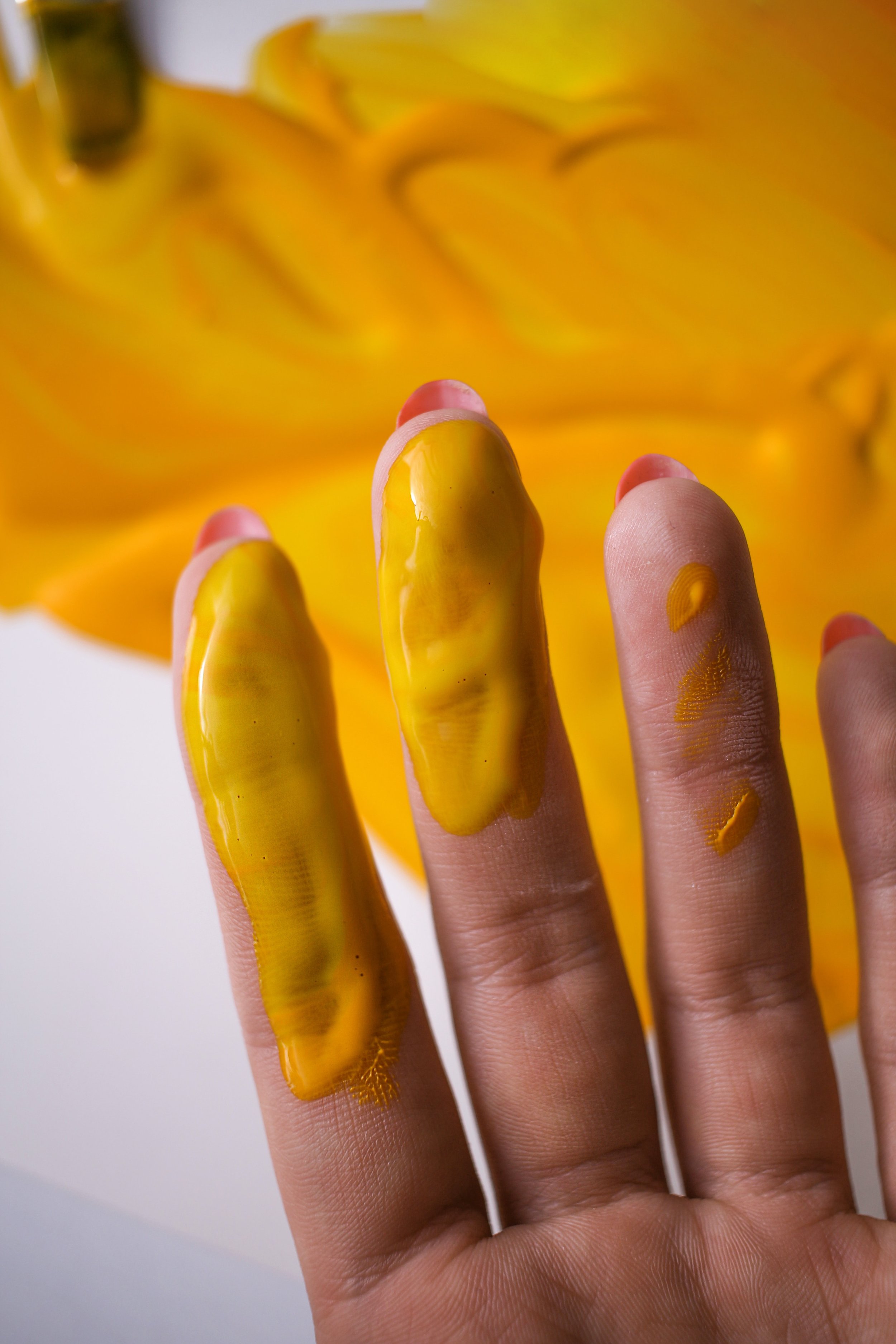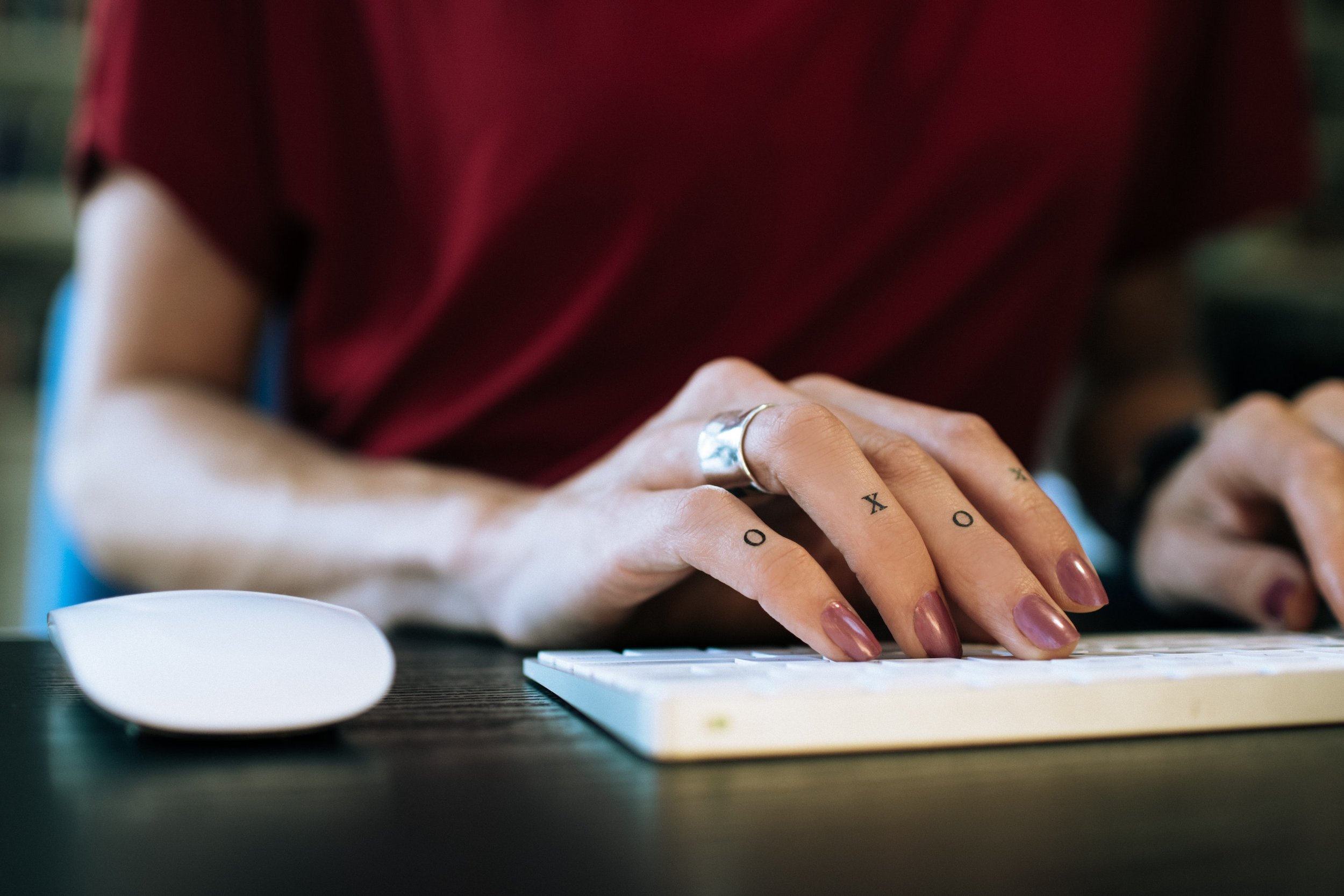The Art of Writing 3 - Getting a Grip
You may have been wondering why the writing exercises I have suggested use a pen when everyone nowadays writes with a keyboard. The reason has a lot to do with one of the themes of this weeks class - getting a grip with our absolutely amazing, opposable fingers and thumbs.
The lessons in this series build on each other. The first one considers the balance between the flexors and extensors of the forearm.
The second explores the horizontal spaces of the hands, wrists and elbows. Learning to appreciate how they all work together and the ability to feel in the hands what is going on in the rest of our body.
This lesson considers what it is to touch .. both to listen and to express ..
It’s with our hands that we first move out into the world. It takes about a year to learn to stand but the opposable finger and thumb mean we can begin holding things right away.
Our fingertips are probably the most sensitive of all creatures in the animal Queendom.
The loops, whorls and arches of that skin can pick up the most delicate textures, temperatures and pressures on any surface we touch.
They are unique and fully formed by about 17 weeks.
Given all this sensitivity, what is it to touch?
The sensory receptors of the fingertips can rapidly transmit tactile information to the brain and through adjusting our grip we can explore further.
We don’t feel with our fingertips. We feel with the whole body ..
To respond to what we sense, all of the bones in the fingers & hands, the wrists & elbows & the shoulders & sides adjust .. with the sensitivity of our breath ..
Through touch we understand ..
So you’ll sense the width & depth of the wrist, hand, elbow, shoulder & torso in this lesson. The opposable finger & thumb within the arches of the hands are a reflection of the width & depth of the whole body & of the potential relationships between each side & the front & back.
I had an epiphany when playing guitar that enabled me to find more freedom in the last joint of my osteoarthritic first finger. The tip was on the string and I allowed the bones in my wrist to adjust in a new way. As my elbow & shoulder adapted I found I could bend that joint with more sensitivity.
Have you been working with the ideas of the last lesson? Sensing the width of the hands at the wrists, the palms and through the joints of the fingers will make a big difference to what ever you do.
Try it when typing. Let your hands and wrists be relaxed through their full width and depth so all of the fingers can be soft. Sense the width across the joints of the fingers.
Here is another optional writing exercise -
In the original version of the last lesson we explored writing slowly enough that you could feel the ink rolling onto the paper. You considered how the way you felt influenced the line you were drawing. In the final exercise you wrote down your immediate experience - What you felt or sensed in that moment. You wrote slowly so you could allow the ink rolling onto the paper to flow with your felt experience.
You also considered the way you held your pen. Did it face forward? That would suit a right hander as you’re dragging the pen across the paper but not necessarily a left hander who pushes their pen forward.
So ..
1/ Pay attention to the rhythm of your breath whilst holding a pen and sensing the full width of your hand and fingers. Move your pen as you breathe paying attention to how the changes in thought and feeling can be felt in the sense of the pen moving on the paper. Let your arm, hand and whole body relax completely as you do this.
2/ Try the same thing with your other hand holding the pen
3/ Pay attention to the way that you feel and write it down. Describe feelings or sensations rather than reflections and write slowly enough that you can feel you are bringing your thoughts and feelings into existence on the page. If you think of the width of your hand at the wrist, knuckles, and finger joints as you go notice if that makes it easier.





